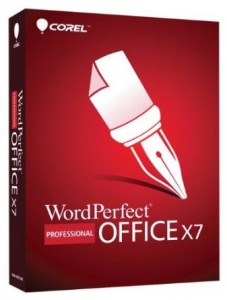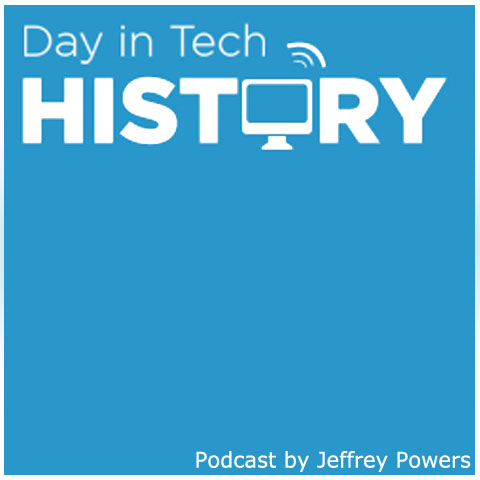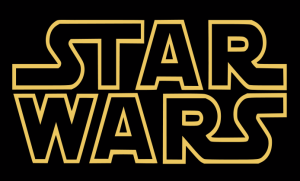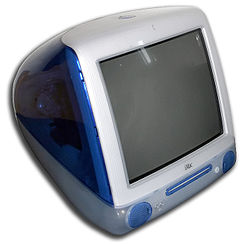May 25, 1999: Corel WordPerfect Office 2000
Subscribe! Spotify | RSS | More

1999 – A program first developed by Brigham young University for Data General minicomputers, WordPerfect was the word processing application for anyone using a computer in the 80’s and 90’s. I remember writing reports and papers using this software growing up, along with Quattro Pro for bookkeeping and printing daily reports at work. However, in 1994, WordPerfect started to gain some major competition when computers turned to GUI, and DOS was getting put on the back burner.
Corel, the owners of WordPerfect since 1996, wanted to ramp up production of not only the word processor, but also their other products in Quattro Pro, Presentations, Paradox and Corel Central. They company always said they wanted to be the “Pepsi version of MS Word (Coke)”.
Therefore, WordPerfect Office 2000 was released. It was not their first attempt of a suite (first rel. 1993), but was the first version released by Corel, and a path to their current version of the WordPerfect Office X7.
Like MS Office, WordPerfect Office can be purchased in Home and Student, Standard and Pro versions. Other features in the pack are Corel WinZip, Nuance Paperport, and NaturallySpeaking 3.

Subscribe to Day In Tech History:
RSS Feed - iTunes - Android - Spotify - iHeartRadio
Facebook -
- RSS Bandwidth by Cachefly Get a 14 Day Trial
- Join me on Patreon and support Day in Tech History
- Phillips electronics released the Laservision
- CERN holds the first World Wide Web conference
- Google Street view is launched in the US
- A signed Steve Wozniak Apple I sells for $671,000







![Star-Wars[1] Star Wars](https://dayintechhistory.com/wp-content/uploads/2013/05/Star-Wars1-340x250.png)

![g3[1] iMac G3](https://dayintechhistory.com/wp-content/uploads/2013/05/g31-340x250.jpg)
